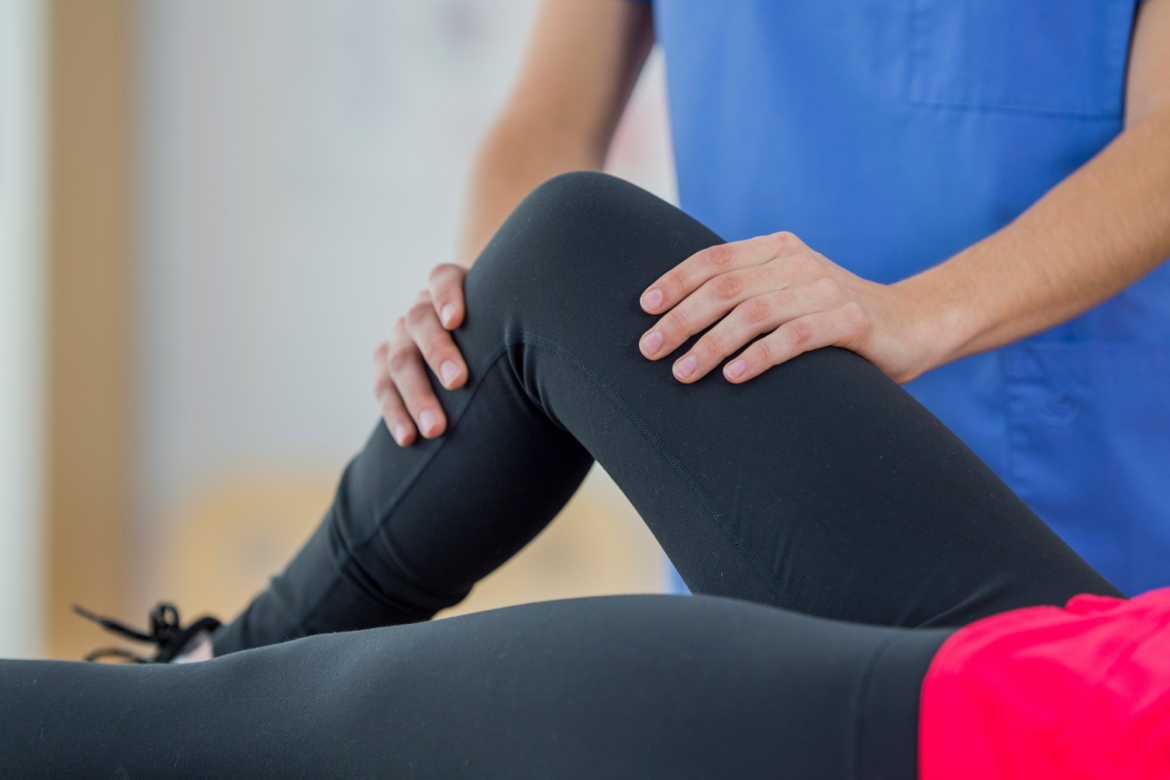Hands-on Physical Therapy
Hands-on physical therapy is very beneficial to healing. There are many ways for physical therapists to treat patients. Some of the most comprehensive care for patients receiving physical therapy includes hands-on treatment in addition to the more traditionally thought of exercises. Hands-on physical therapy is important to be able to get an accurate assessment of what is going on with the patient. Our hands are tools that tell us what is tight and restricted, where there is too little or too much mobility. From the assessment, we can then treat patients with our hands to loosen restrictions or facilitate muscles to support a weakened area and provide stability.
Why it helps
Hands-on physical therapy can help decrease pain, aid in relaxation, decrease inflammation, improve range of motion, improve circulation and decrease stress. This can occur through soft tissue mobilization, joint mobilization, or lymphedema massage. Certain manual therapy techniques, such as trigger point release and myofascial release can increase circulation or blood flow to the area. Massage brings oxygen to tissues that can help to heal tissues. Helping to heal tissue that is restricted helps to decrease pain. Lymphedema massage also helps to improve circulation in areas that may be congested with extra fluid. In lymphatic massage, the therapist uses specific techniques to open up lymph channels. The lymphatic fluid gets reabsorbed into your system through the massage and results in better blood flow, less fluid in the area, and decreased pain and tightness.
Whether patients suffer from an injury, acute trauma, or chronic pain, physical therapists assess their tissues and joints. After releasing tight, restricted areas through soft tissue or joint mobilization, the therapist can add specific exercises to help prevent these areas from continuing to tighten. The exercises may include stretching or strengthening exercises. The stretches will help to keep the new range of motion achieved. While the strengthening exercises will improve the stability of an area so certain muscles aren’t overused. Sometimes the therapist will need to facilitate a muscle to wake it up so it remembers what to do. If a muscle hasn’t been working properly for a while, it can fall asleep and not contract or turn on at the right time. This type of therapy is called neuromuscular facilitation.
Other modalities in addition to hands-on treatment
Sometimes, getting the tissues or muscles to relax before the therapist puts our hands on people is needed. The assistance of modalities such as heat, ice, ultrasound, electrical stimulation, or laser therapy allows the affected area to relax and calm the tissues. These are a few adjuncts that can calm the nervous system and decrease the sensitivity to an area that needs attention. Thus, allowing us to treat the affected area with our hands.
Learn more about how Freedom PT Services therapists use their hands-on treatment techniques to help reduce pain, improve mobility, and restore function.

